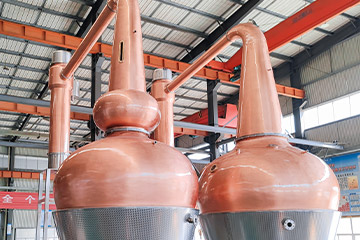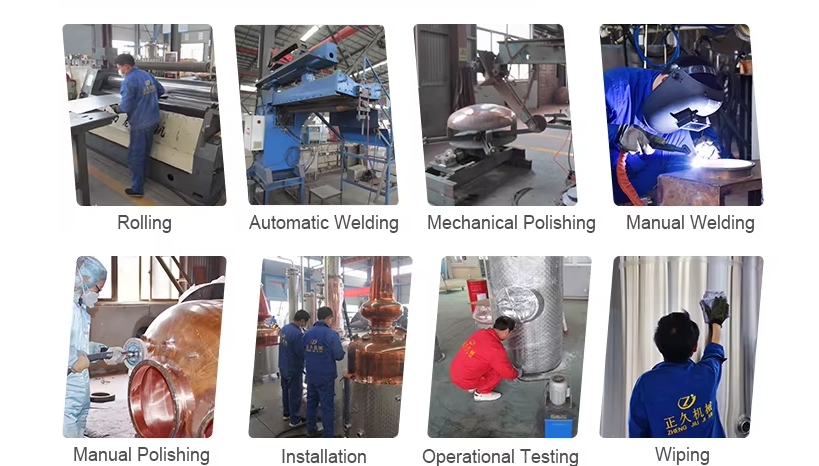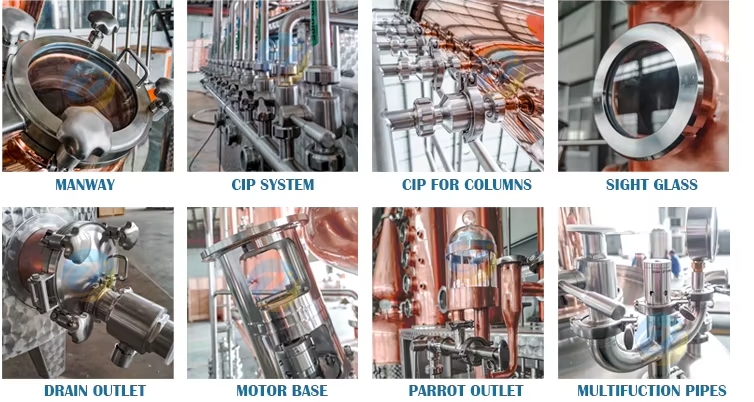How Is Vodka Distilled?
Fermentation is just the beginning of the process. The alcohol byproduct that comes from fermenting has a low ABV (alcohol by volume), so the distillation process begins in order to raise the ABV and qualify the drink as a spirit.
The alcohol is heated in a still, where it is refined and any impurities are removed. The goal is to create a neutral-flavored, high-alcohol content liquid without any impurities. The distillation process uses heat to remove the alcohol from the liquid – alcohol has a lower boiling temperature. The steam is collected at the top of the still, and the byproduct at the bottom is discarded. The steam is then condensed back into a liquid and collected.
Many vodkas go through this distillation process more than once – many distillers believe the more vodka is distilled, the higher the quality. As a Colorado distillery, Switch Vodka, we use iStill, which is a modern take on distillation that allows more control over the distillation process.
The distilled alcohol that comes out has a much higher ABV than your average vodka – it can get up to 95 percent alcohol, which is 190 proof. For reference, in the United States, it is typically around 40 percent alcohol or 80 proof.
The alcohol is then cut with water to create the final product – a clear, odorless liquid with a strong alcohol content – better known as vodka.
Flavorings are sometimes added during the production process to create flavored vodkas that have become very popular over the years.






































